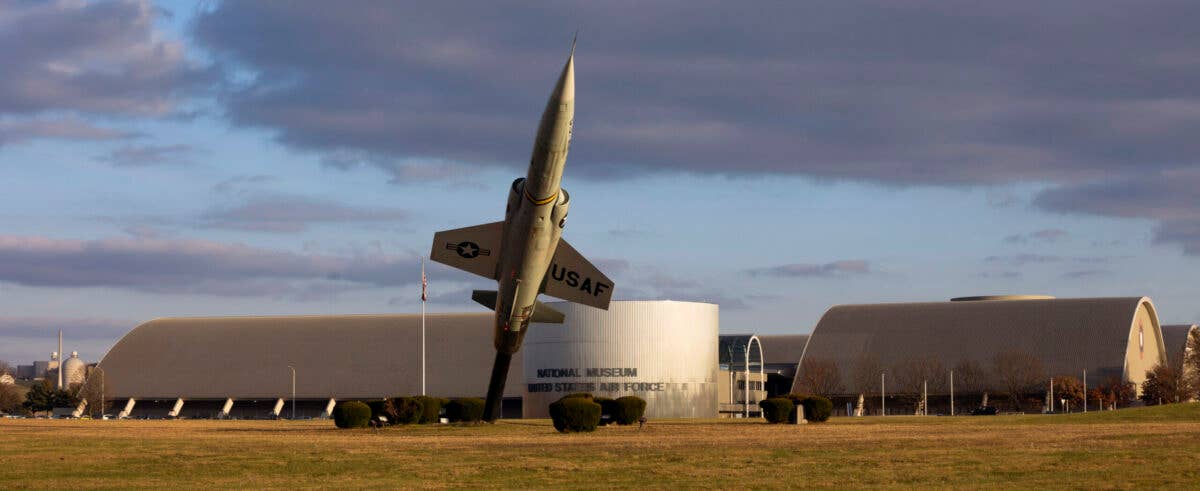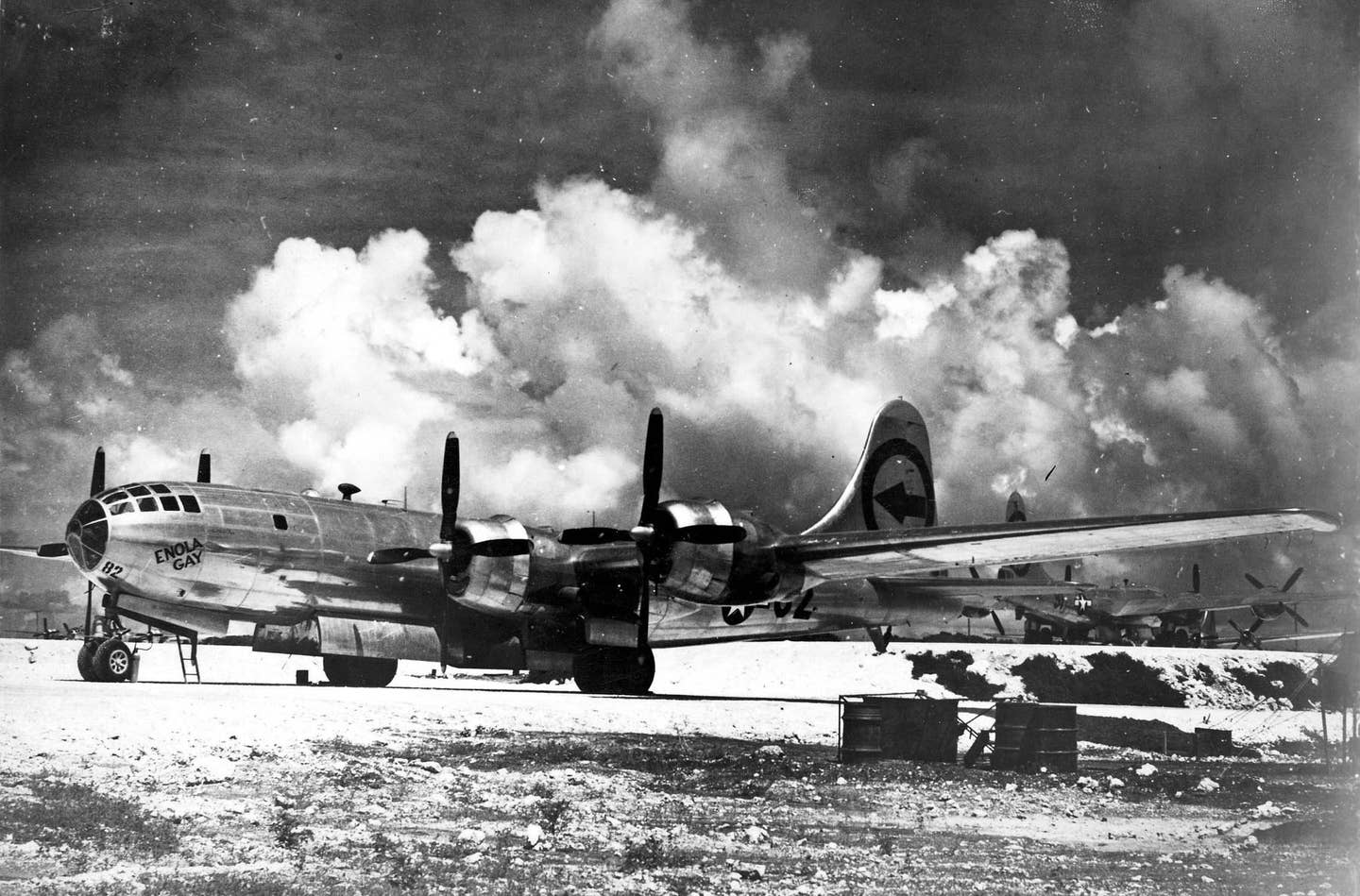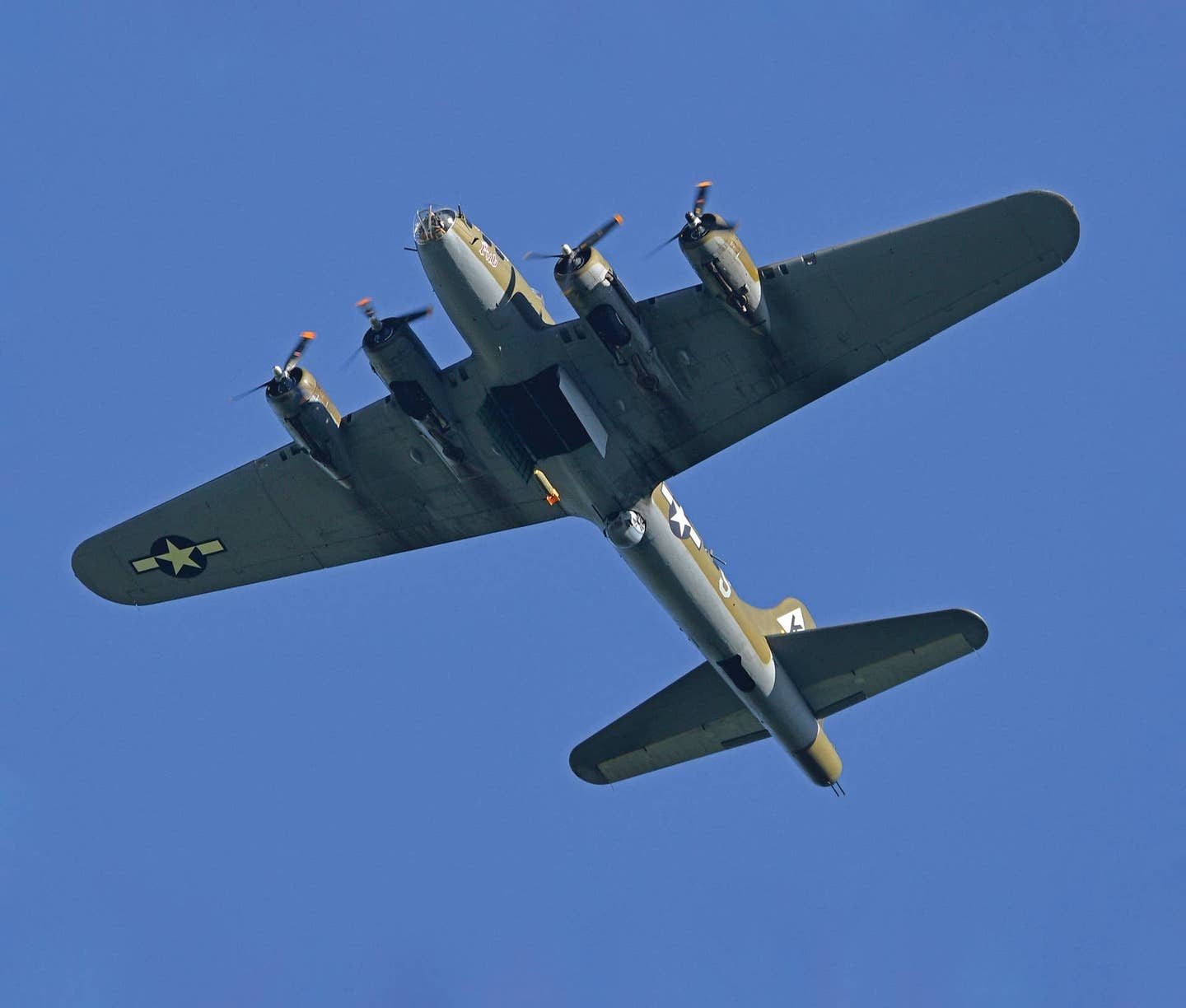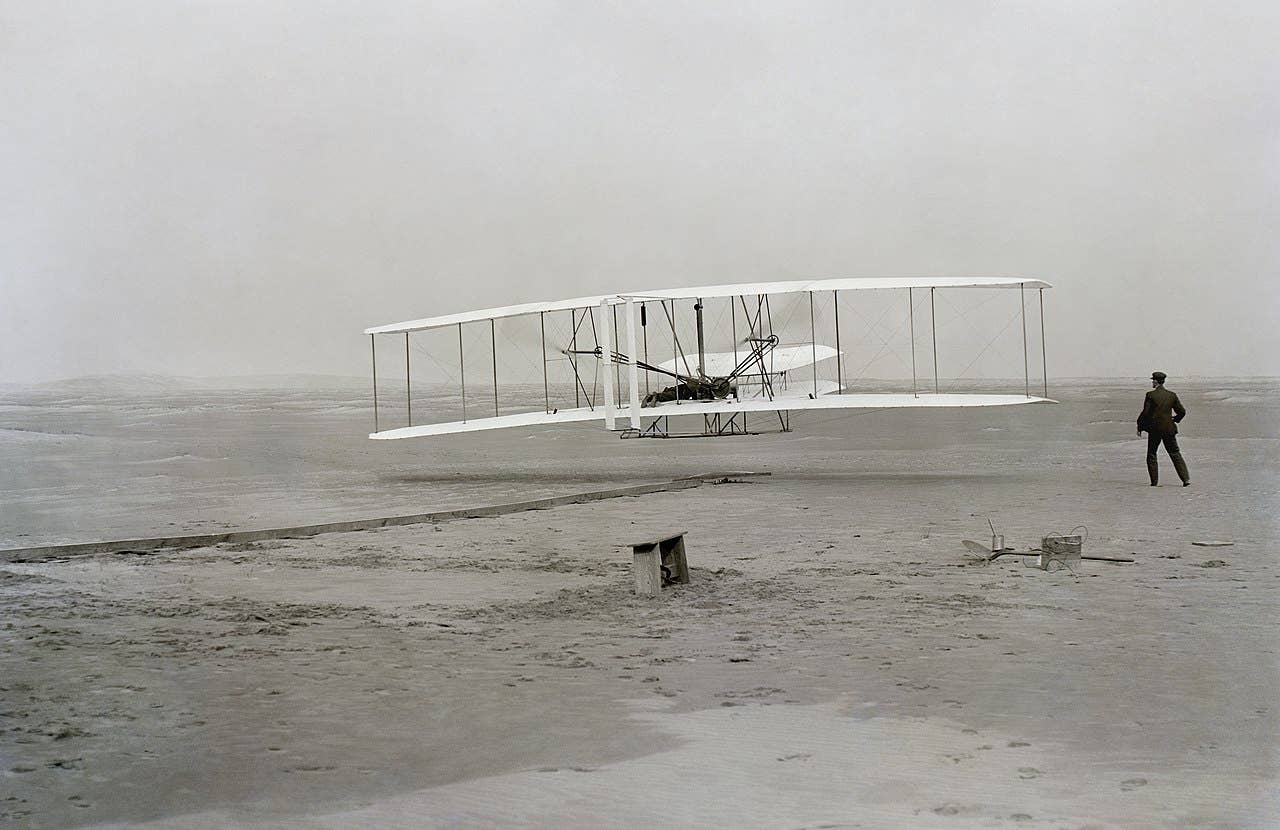Museum Spotlight: National Museum of the U.S. Air Force
With such a broad range of artifacts from throughout the USAF’s history, curators have collected a long list of must-sees.

Exterior view of the National Museum of the United States Air Force features a Lockheed F-104 Starfighter. The museum is located in Dayton, Ohio and is part of Wright-Patterson Air Force Base. [Credit: U.S. Air Force]
We all have our favorite aircraft—even the people who are charged with caring for them at the aviation museums across the country. Since December is the birthday month of powered flight, FLYING magazine reached out to museums across the country to find out which aircraft are the personal favorites of the museum staff as well as the museum visitors.
National Museum of the U.S. Air Force, Dayton, Ohio
"Many have asked about the National Museum of the United States Air Force curators’ favorite artifacts," a museum spokesperson tells FLYING. But with more than four dozen curators, the list is not a short one.
"Members of museum's curatorial team, consisting of more than four dozen professionals in the Research, Collection Management, Exhibits, and Restoration Divisions, are consistently drawn to artifacts that embody the people, events, organizations, places, and technologies that have shaped the history and heritage of the U.S. Air Force and U.S. Space Force," the spokesperson said.
"Choosing a favorite aircraft is a tough one. Each curator typically provides a different response—some have more than one, and their favorite aircraft could be located in preservation storage, on display at the museum, or on loan and display to another organization or institution," they added. "Regardless of the choice, our curators hope guests will pay special attention to some of these aircraft listed below when visiting the museum onsite or online."
Among the aircraft that curators considered to be favorites:
B-17F Memphis Belle
X-15-A2
F-104C Starfighter
SPAD XIII
P-26 Peashooter
P-51D Mustang
Mitsubishi A6M2 Zero
Fokker DVII
F-86 Sabre
F-100D Super Sabre
A-1E Skyraider
MH-53M Pave Low IV
VC-137 (SAM 26000)
Visitor Favorites
"The National Museum of the United States Air Force has 19 acres of indoor exhibits and features more than 350 aerospace vehicles and missiles," the spokesperson said. "Among the most popular exhibits and aircraft that visitors flock to include:
- Early Years Gallery: The Wright 1909 Military Flyer, the first military heavier-than-air flying machine.
- World War II Gallery: The B-17F Memphis Belle, which is part of the "Crippling the Nazi War Machine: USAAF Strategic Bombing in Europe exhibit. The famed B-17F Memphis Belle became the first heavy bomber to return to the U.S. after flying 25 missions over Europe. The Belle’s 26th mission was a widely-publicized war bond and morale-boosting tour with more than 30 stops across the U.S.
- Korea and Southeast Asia War Galleries: The “MiG Alley” exhibit tells the story of early jet combat between F-86 Sabres and MiG-15s over Korea. The B-52D looms over the Southeast Asia War Gallery and was part of key air campaigns such as Operation Rolling Thunder and Operation Linebacker I and II.
- Cold War Gallery: YF-117 stealth fighter, B-36 Peacemaker bomber, SR-71, and B-2. The size, shape and speed of these four aircraft pushed the boundaries of aerospace engineering through the Cold War. The museum’s B-2 is the only B-2 on display in any museum.
- Space Gallery: The Space Shuttle Exhibit features NASA’s first Crew Compartment Trainer (CCT-1). As a major exhibit component in that gallery, visitors can walk onto a full-size representation of a NASA space shuttle payload bay and look inside the CCT-1 cockpit and mid-deck areas.
- Presidential Gallery: The VC-137C, also known as SAM (Special Air Mission) 26000, was used by eight presidents—Kennedy, Johnson, Nixon, Ford, Carter, Reagan, George H.W. Bush, and Clinton. The Presidential Gallery gives visitors the opportunity to view an historic collection of presidential aircraft, and walk through four of them.
- Global Reach Gallery: C-130E Hercules (Spare 617), anchors the “A Force For Good: Department of the Air Force Humanitarian Missions” exhibit. Demonstrating the history and role the Air Force plays in humanitarian operations to assist people domestically and around the world, the exhibit includes: aerial deliveries, goodwill missions, relief and rescue, firefighting, and critical care responses. Artifacts on display include diving equipment used during the Thai Cave Rescue, and firefighting tools used to combat wildfires in Alaska. You can also see a fully assembled Transport Isolation System.
- Research and Development Gallery: XB-70 Valkyrie bomber. The futuristic XB-70A was originally conceived in the 1950s as a high-altitude, nuclear strike bomber that could fly at Mach 3 (three times the speed of sound). Any potential enemy would have been unable to defend themselves against such a bomber. It is the only Valkyrie still in existence.
- Throughout the museum: the “Women in the Air Force” exhibit. The National Museum of the U.S. Air Force honors women with an exhibit highlighting their achievements in civilian and military aviation with emphasis on the U.S. Air Force and its predecessors. The exhibit covers historical issues, changes in laws and attitudes, and women's contributions. Specific women and groups from all eras and various career fields are noted to emphasize the impact women have played in establishing current positions in the Air Force.

Sign-up for newsletters & special offers!
Get the latest FLYING stories & special offers delivered directly to your inbox






